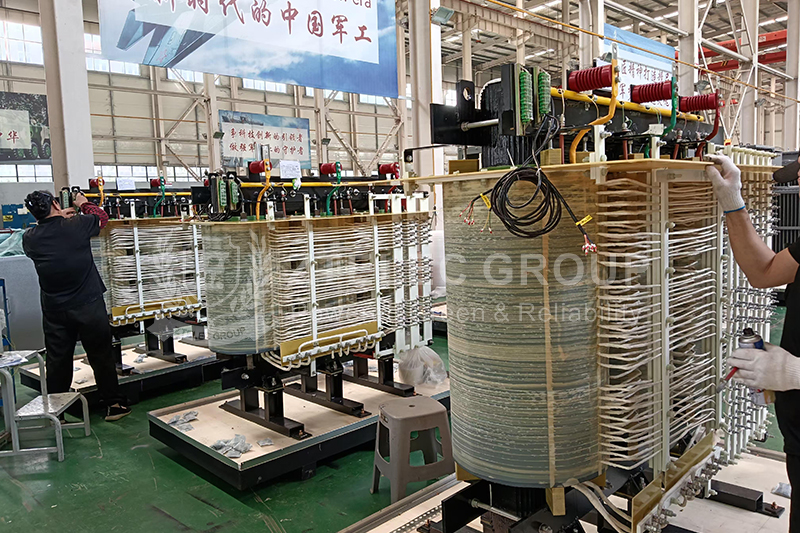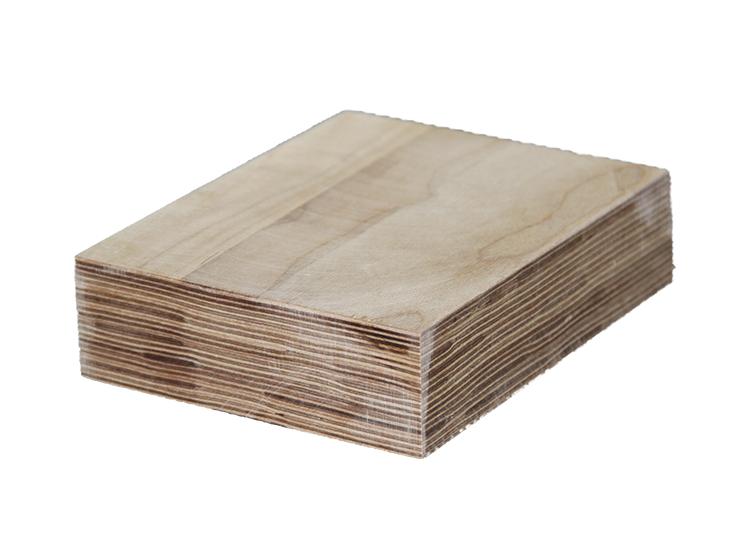What are the main components of 3240 fiberglass sheet?
3240 fiberglass sheet, a widely used insulation material in the electrical, electronic, and motor fields, holds a crucial position due to its excellent overall performance. Its full name is 3240 epoxy fiber glass cloth laminate, and its core components are electrical-grade alkali-free glass fiber cloth and epoxy resin. Below, we will provide a detailed description of these two main components, along with their manufacturing process and performance characteristics.
Electrical-grade alkali-free glass fiber cloth
Core Function: As a reinforcing material, electrical-grade alkali-free glass fiber cloth primarily enhances the mechanical strength (such as impact resistance and tensile strength) of 3240 fiberglass sheet and ensures its dimensional stability under various conditions, preventing deformation due to external forces or temperature fluctuations.
Key Features:
Electrical-grade alkali-free glass fiber cloth features high strength, high modulus, and low elongation. This provides structural support for the 3240 fiberglass sheet, preventing it from cracking or deforming during use. The alkali-free property of the electrical alkali-free glass fiber cloth can reduce its corrosion to the resin, while avoiding the impact of alkali migration on the electrical properties of the 3240 insulation board. This makes it particularly suitable for applications in the electrical field.

Epoxy Resin
Core Function: Serving as the matrix material, epoxy resin binds the fiberglass cloth together and imparts key properties to 3240 epoxy sheet, including electrical insulation, heat resistance, and moisture resistance. It is the core component that determines the functionality of 3240 epoxy sheet.
Key Features:
Excellent Electrical Performance: After curing, epoxy resin exhibits high dielectric strength and is resistant to surface leakage and arcing, making 3240 insulation board an ideal insulating material for electrical and electronic equipment.
Outstanding Heat Resistance: Epoxy resin maintains stable performance at high temperatures (typically above 130°C for long-term use), making it less susceptible to thermal decomposition that could lead to insulation failure or structural damage.
Good Moisture Resistance: Epoxy resin maintains stable electrical properties in high humidity environments, ensuring reliable insulation in humid environments (such as outdoor equipment and wet workshops).
Strong Adhesion: The polar hydroxyl groups and ether bonds in the epoxy resin molecular chain provide strong adhesion to fiberglass cloth. Furthermore, during curing, it exhibits low shrinkage and generates minimal internal stress, contributing to the enhanced adhesion strength of 3240 epoxy sheet.
High Chemical Stability: Cured epoxy resin systems typically exhibit excellent resistance to alkalis, acids, and solvents. By properly selecting the epoxy resin and curing agent, 3240 insulation board can achieve exceptional chemical stability.
In addition to the performance benefits of its core components, 3240 insulation board also boasts excellent machinability. It can be cut, drilled, and polished as needed, making it convenient for fabrication into various insulation accessories and equipment insulation components.

3240 Fiberglass Board Manufacturing Process
3240 fiberglass board is typically manufactured using a lamination process, with the following key steps:
Impregnation: Impregnate the fiberglass cloth with epoxy resin to ensure even coating.
Prebaking: This prebaking process removes the solvent and partially cures the resin (Phase B).
Lamination and Hot Pressing: After laminating multiple layers of impregnated cloth, they are cured under high temperature (160-180°C) and high pressure to form the board.
Post-processing: The formed board is cut, polished, and inspected to ensure dimensional accuracy and performance.
This combination of ingredients and processes makes 3240 fiberglass sheet a high-quality material with excellent mechanical strength, electrical insulation, and environmental adaptability, making it widely used in motors, electrical appliances, electronics, and other fields.
- more+releated article
- 2025-10-21Application of K Factor Transformer
- 2025-10-21Detailed explanation about transformer model w
- 2025-10-2010kV Oil-Immersed Transformer Safety: Lightnin
- 2025-10-20What are The Advantages of Phenolic Cotton Clo
- 2025-10-17Are Three-Phase Isolation Dry-Type Transformer
- 2025-10-17G10 Epoxy Sheet: Choosing the Right Specificat
- 2025-10-1610kV Oil-Immersed Transformer Operation Inspec
- 2025-10-163240-B Epoxy Phenolic Glass Fiber Cloth Lamina
- 2025-10-15G10 Epoxy Sheet: The Preferred Insulation Mate
- 2025-10-15Analysis of Energy-Saving and Noise Control Te





